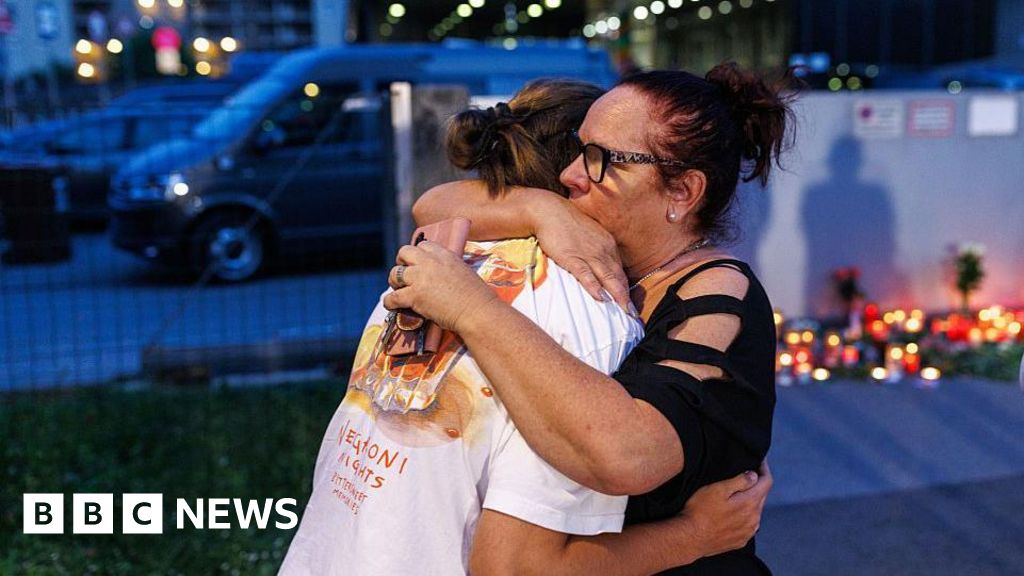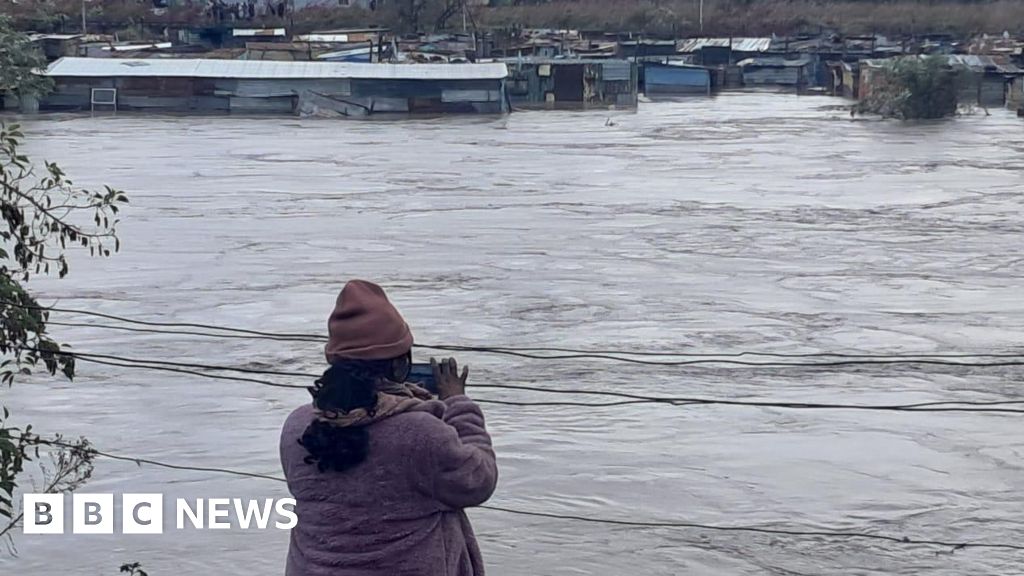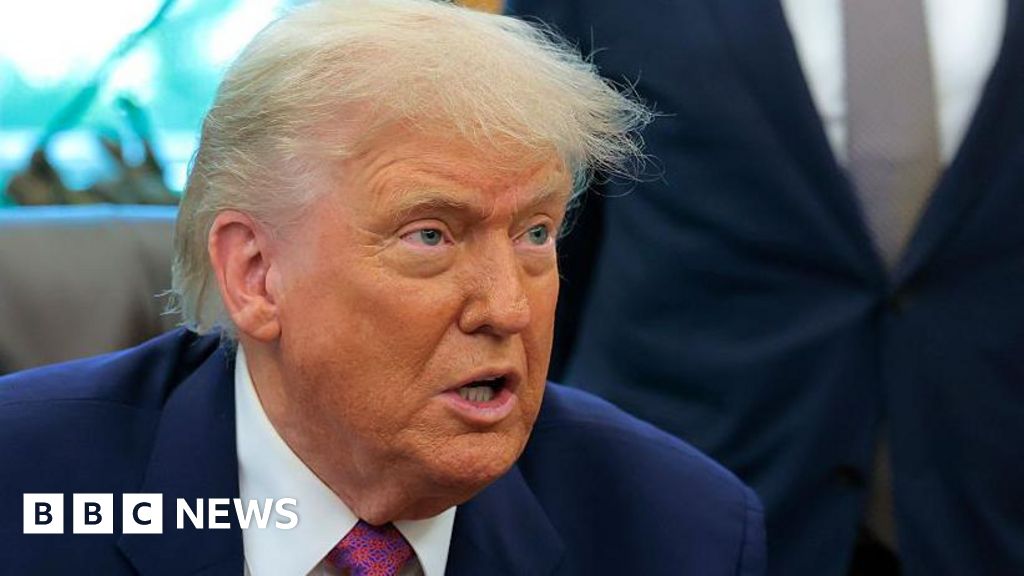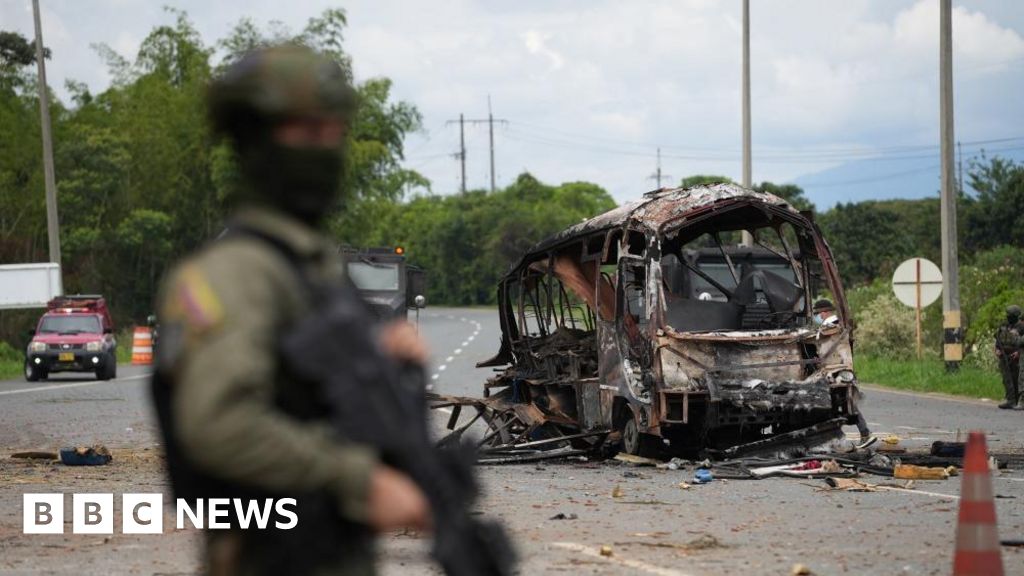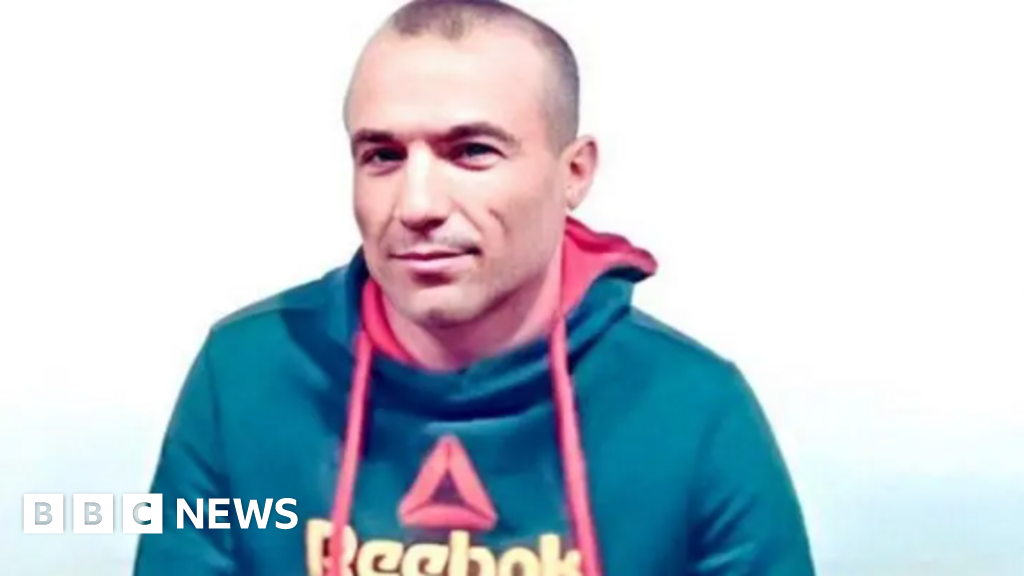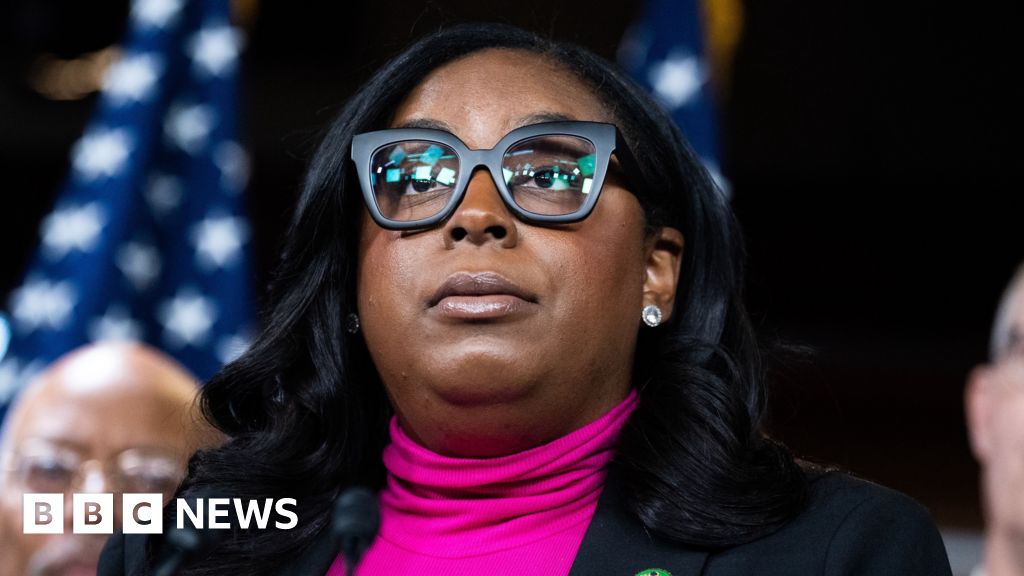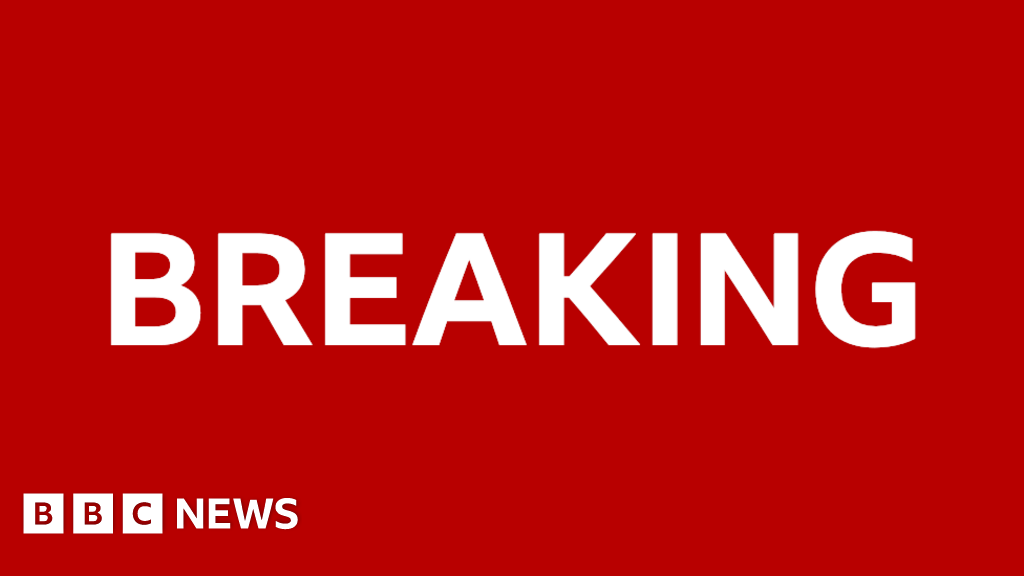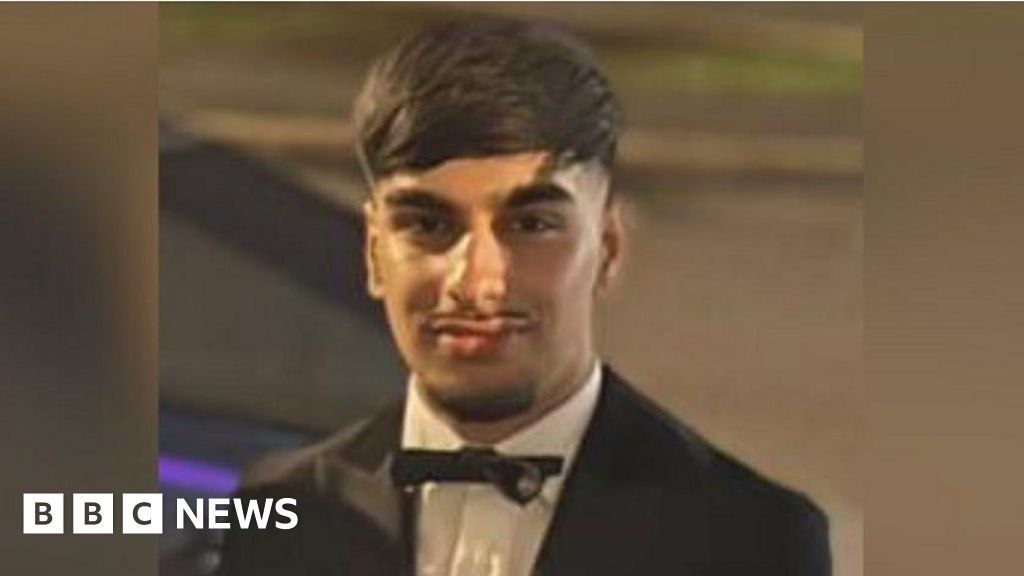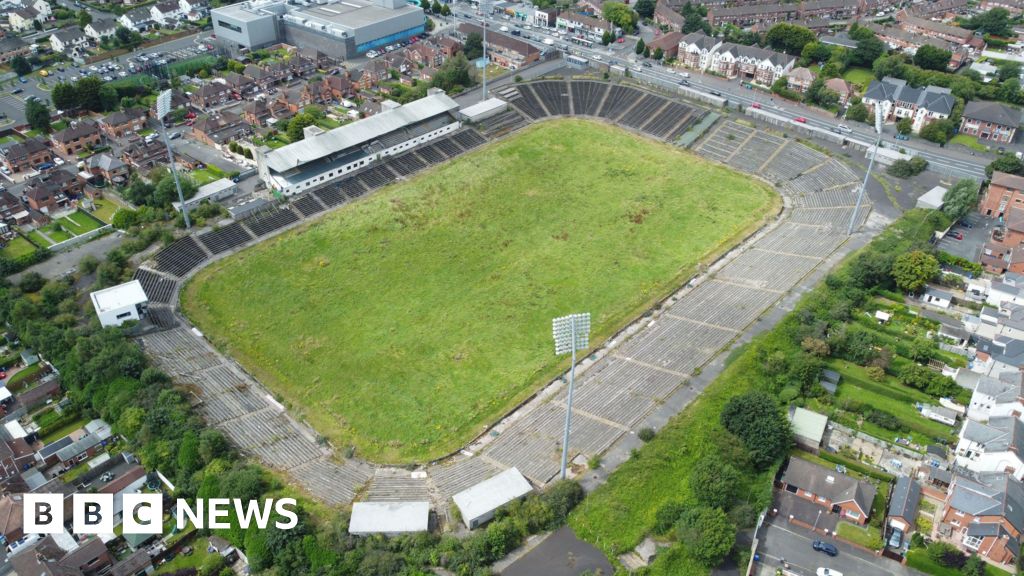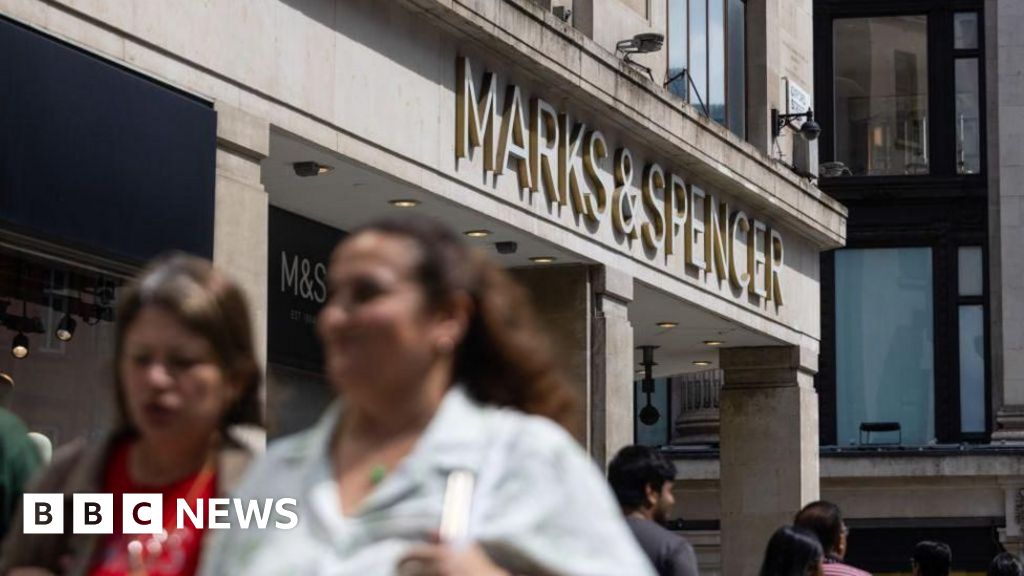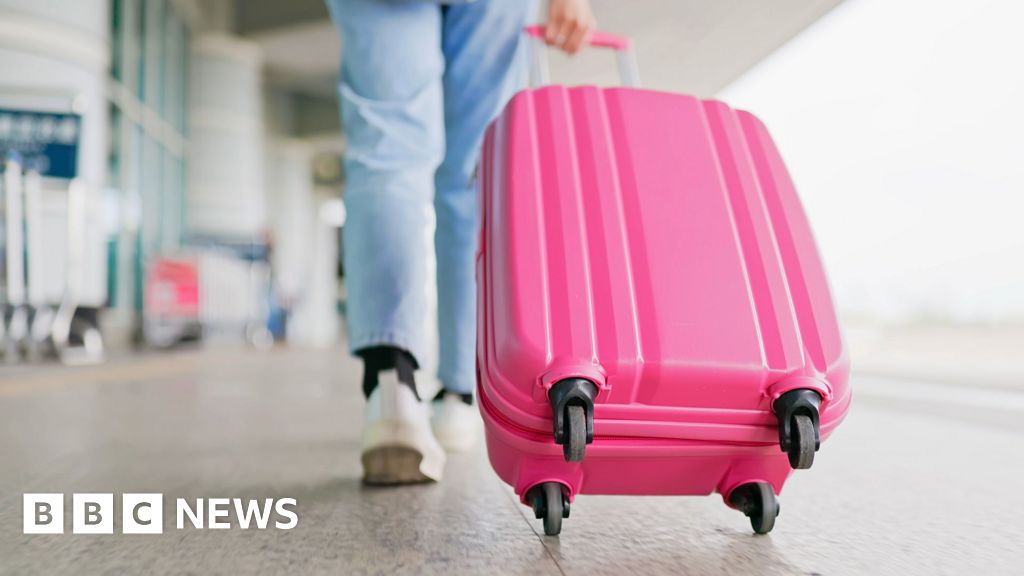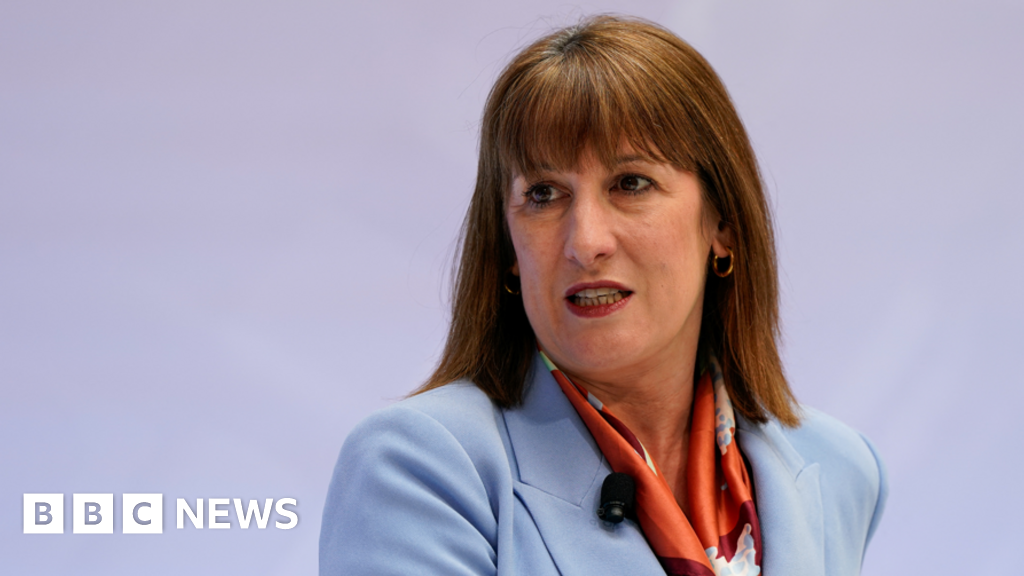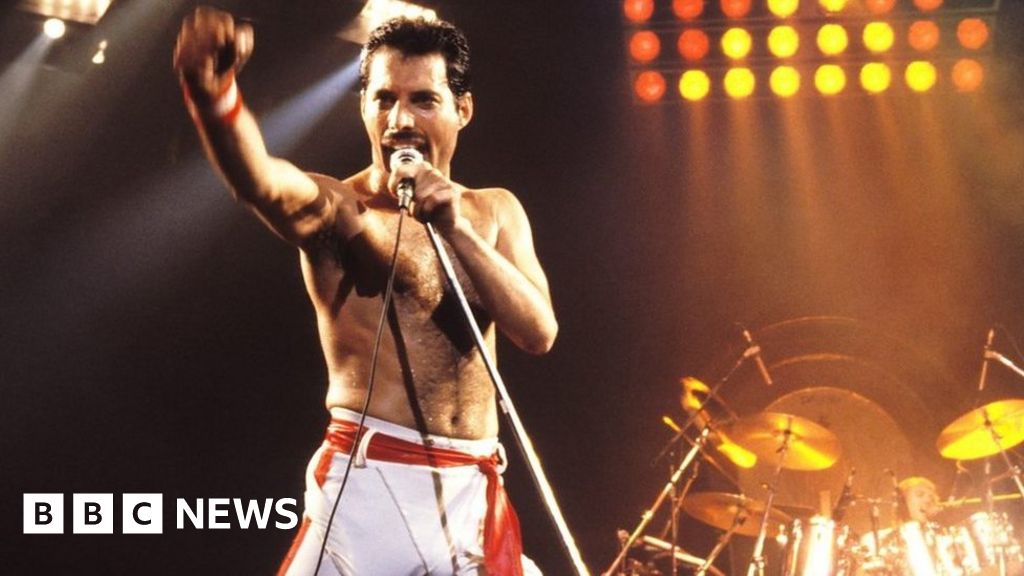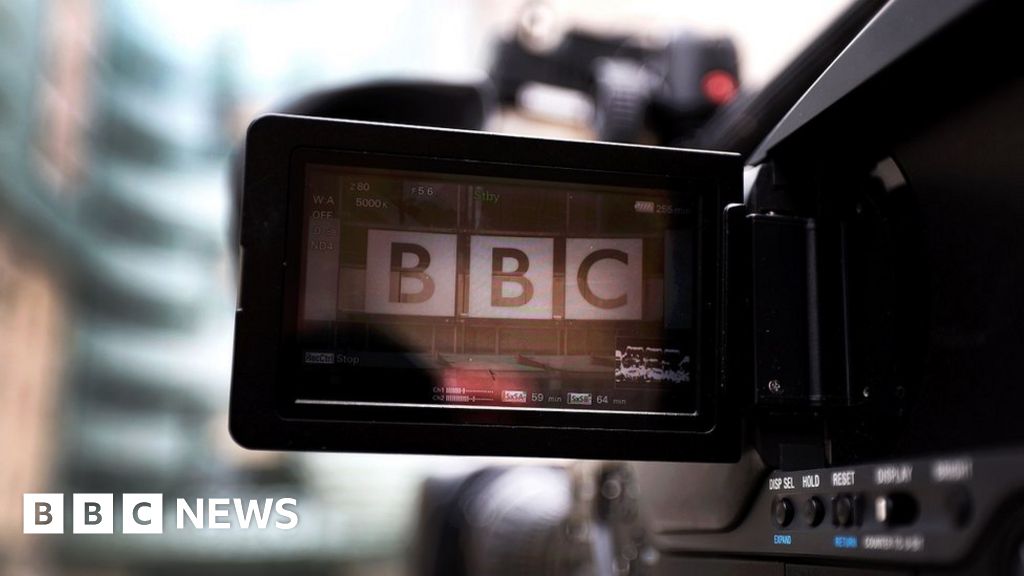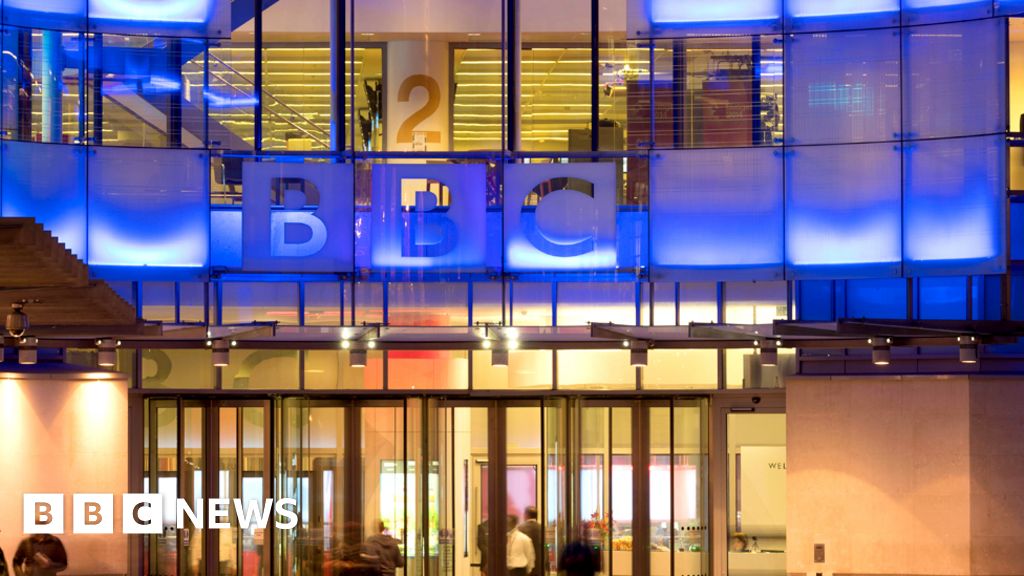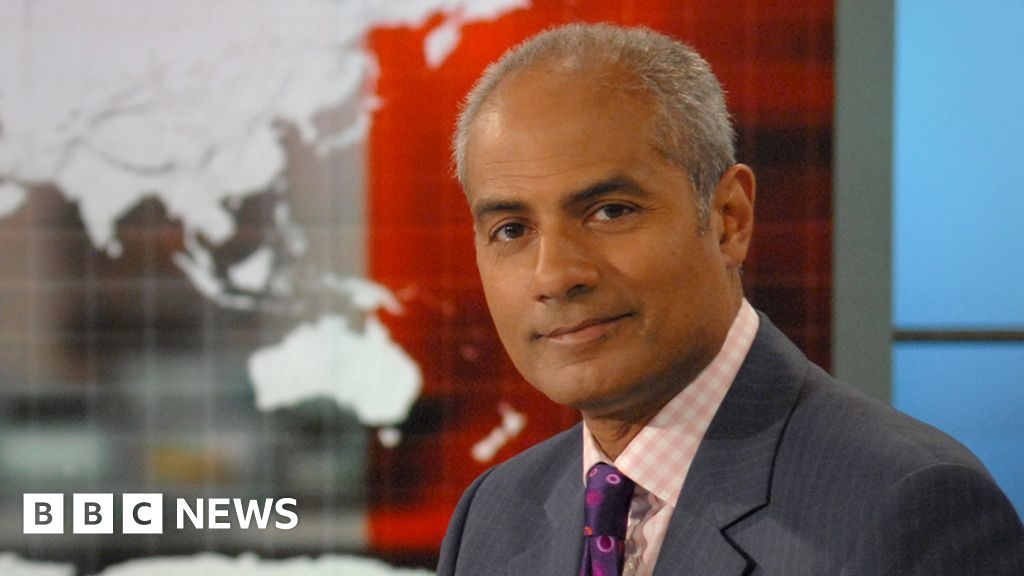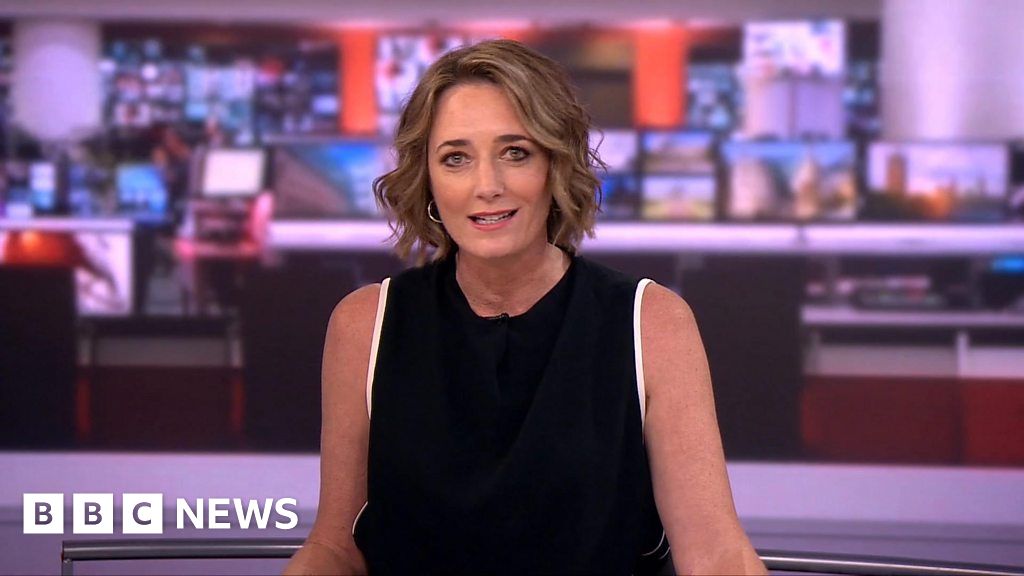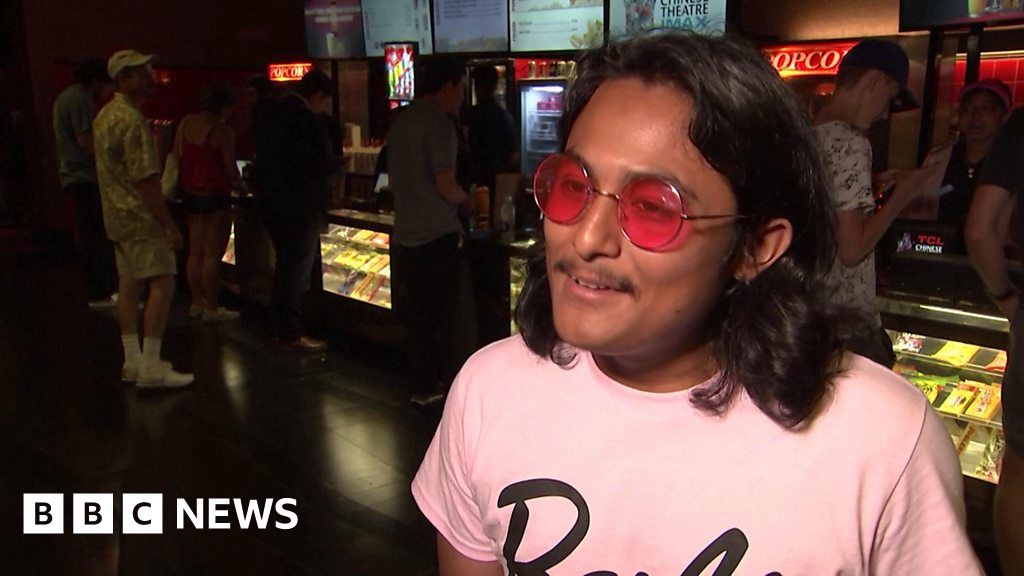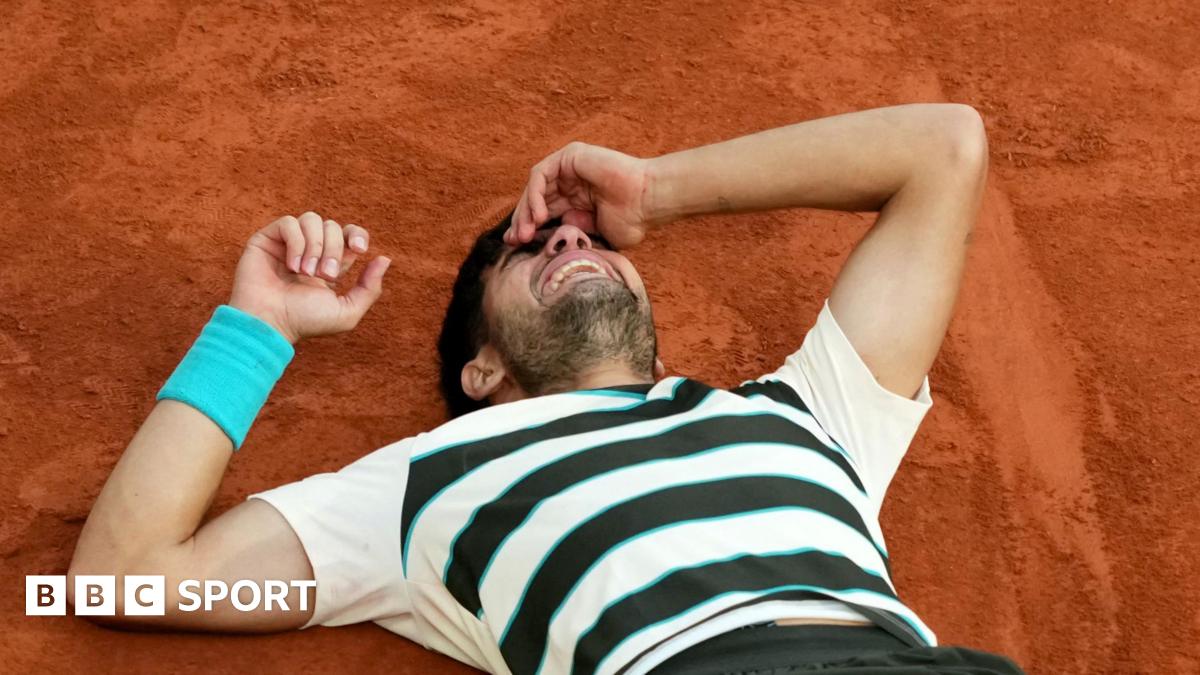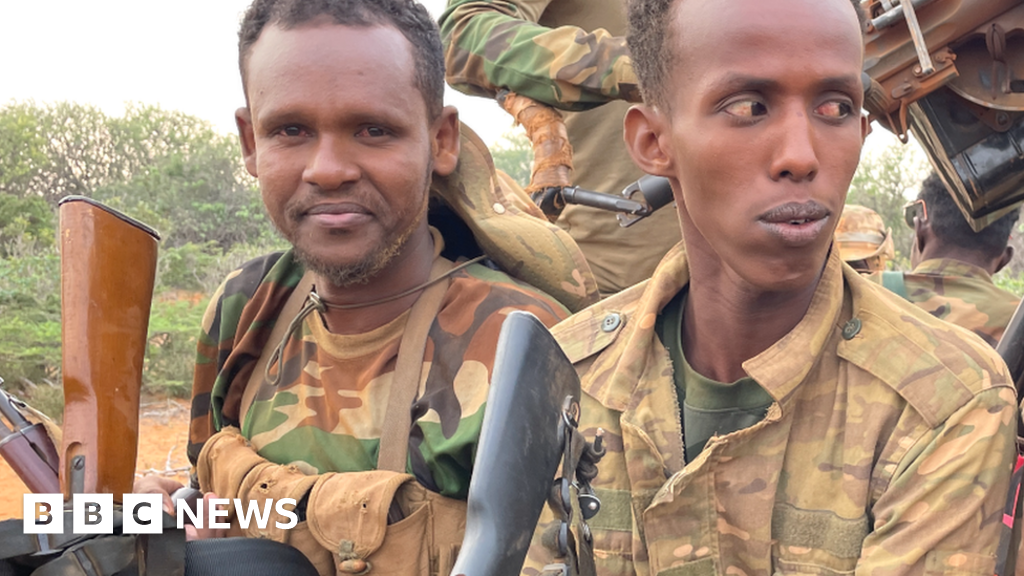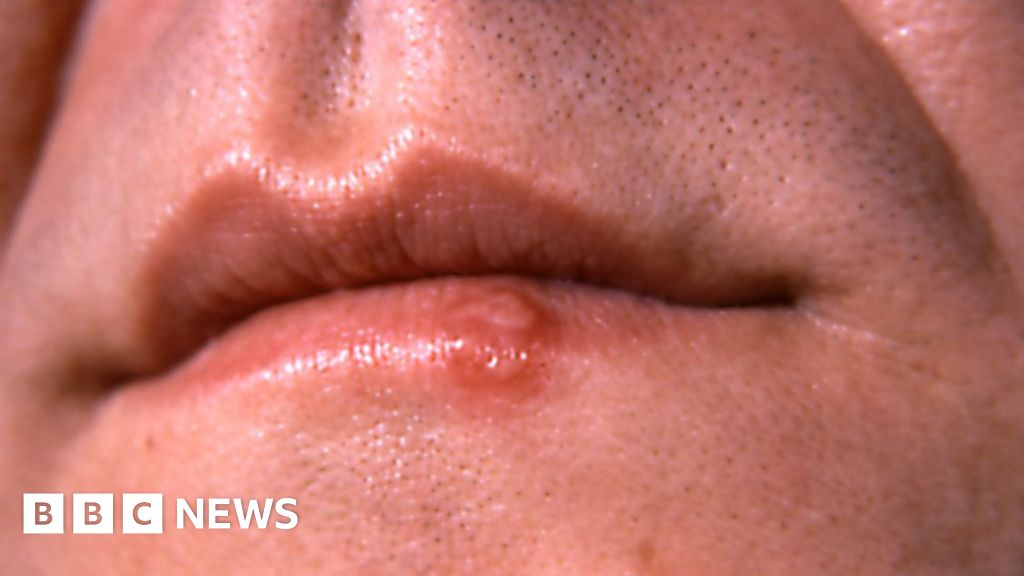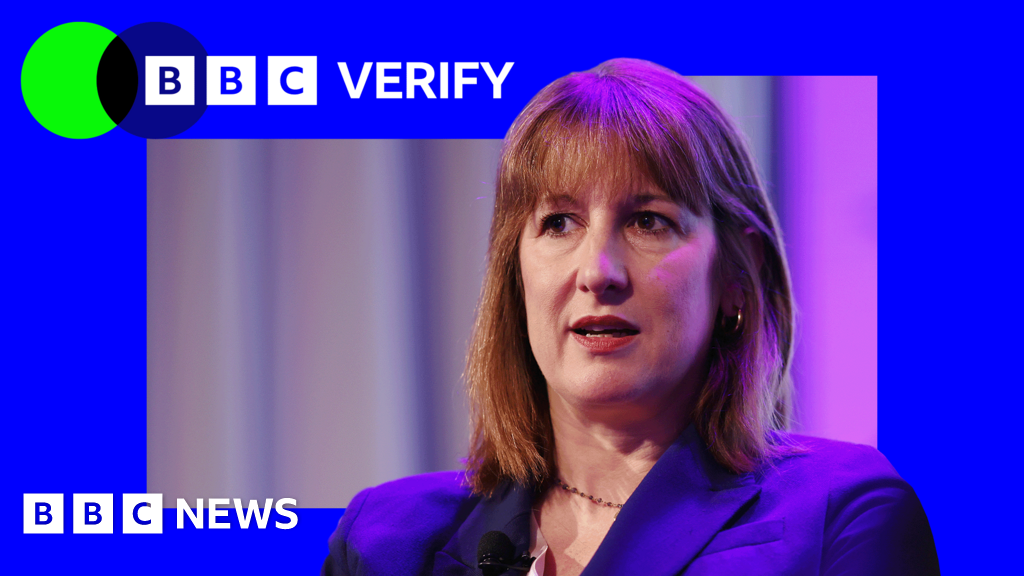Imola was always likely to be the next race dropped from the calendar as a result of pressure on the number of events.
F1’s contracts dictate that 25 is the maximum number of races, but F1 chairman Stefano Domenicali has said that he believes 24 is the ideal number as a compromise that satisfies the desire for expansion but does not put too many demands on those who work on the sport.
Imola returned to the schedule in 2020 after a 14-year absence as F1 looked for venues that could fill the calendar in the middle of the pandemic, when travel was heavily restricted.
A way was found to keep it on the calendar afterwards because the local region of Emilia-Romagna and the Italian government saw its promotional value – and because Domenicali was keen for it to stay as he is from the town.
But the idea of countries having more than one race is likely to die away because of the pressure of demand for new locations.
And the pressure on European races can be seen from the fact that Zandvoort is hosting its last race next year, having returned to the calendar in 2021.
Meanwhile, Spa in Belgium, regarded as one of the greatest race tracks in the world, starts a six-year contract from 2026 in which it will host only four races – to run in 2026, 2027, 2029 and 2031.
Thailand is pushing to host a grand prix in Bangkok, and F1 is keen to have a race in Africa, although finding a host venue is not proving easy.
The prospects of a race in Rwanda have diminished, South Africa is proving hard to progress as Cape Town and Kyalami vie to make races work, and there is a project in Morocco, in the coastal city Tangier, but it does not have the funding.
Spain having two races next year is a quirk of the fact that Barcelona still had a contract for 2026 while Madrid, which was intended to replace it, is scheduled to make its debut.
But that situation is unlikely to continue beyond next year, even if Barcelona is still in talks to be one of the European races that rotates into the calendar some years and misses others.


